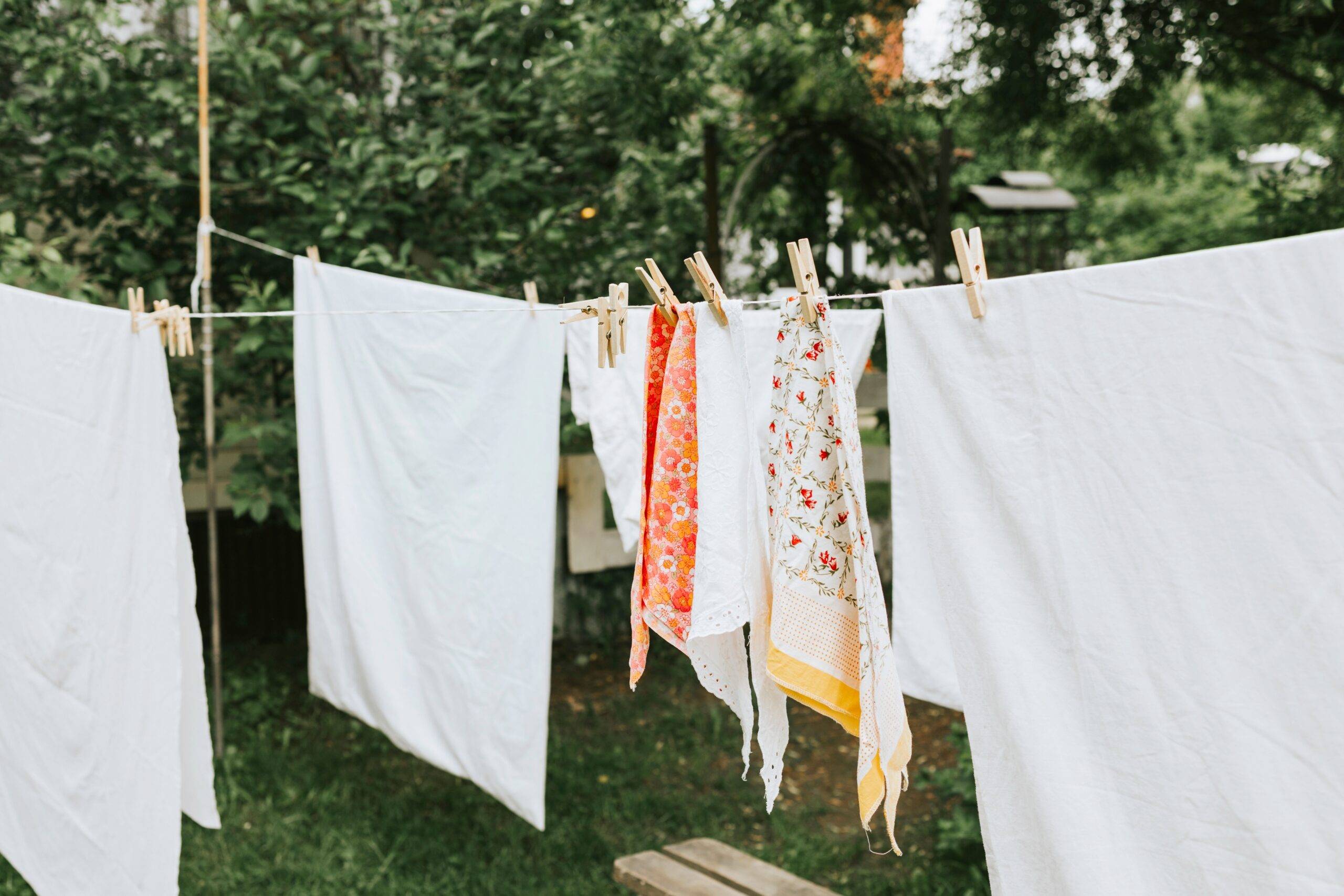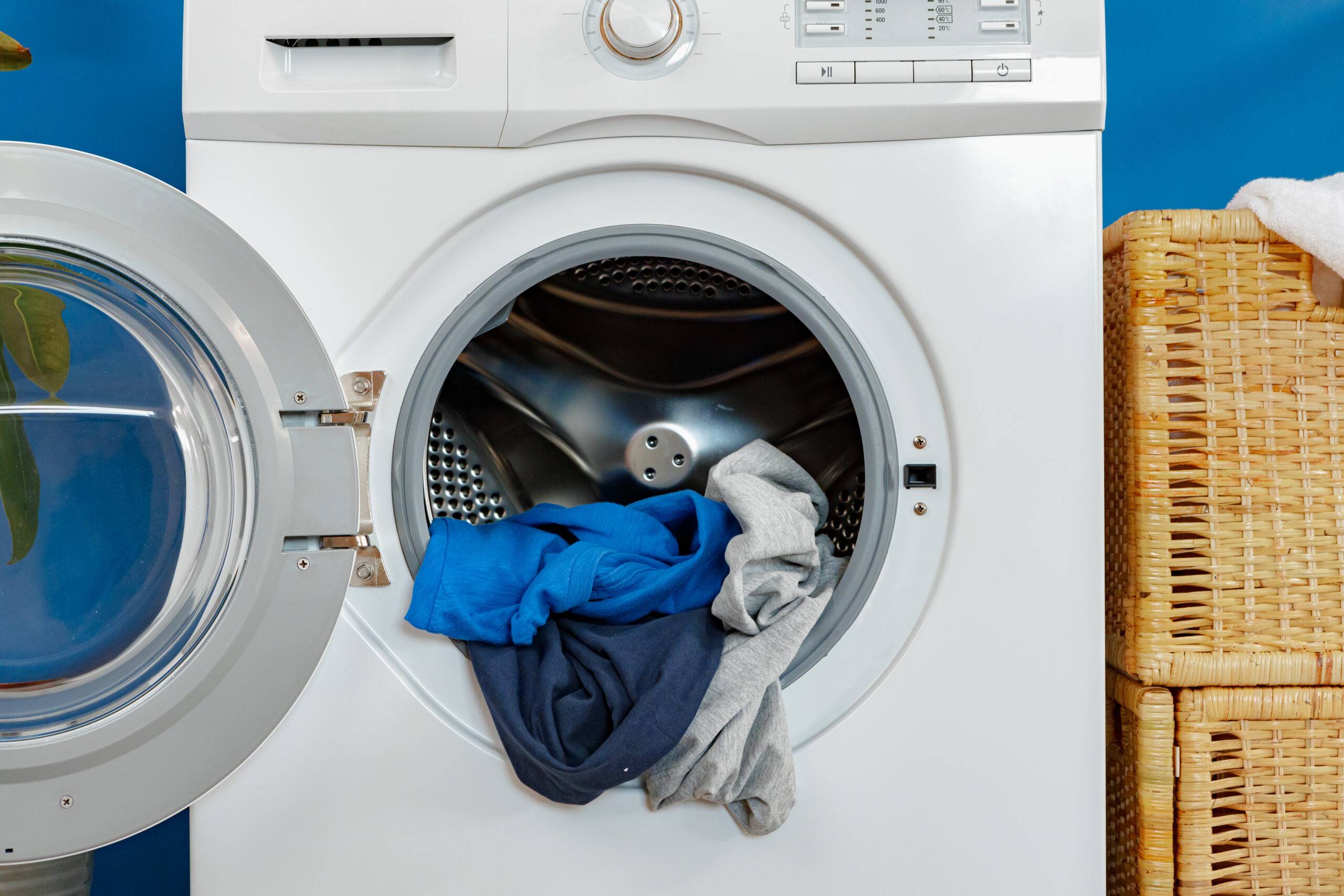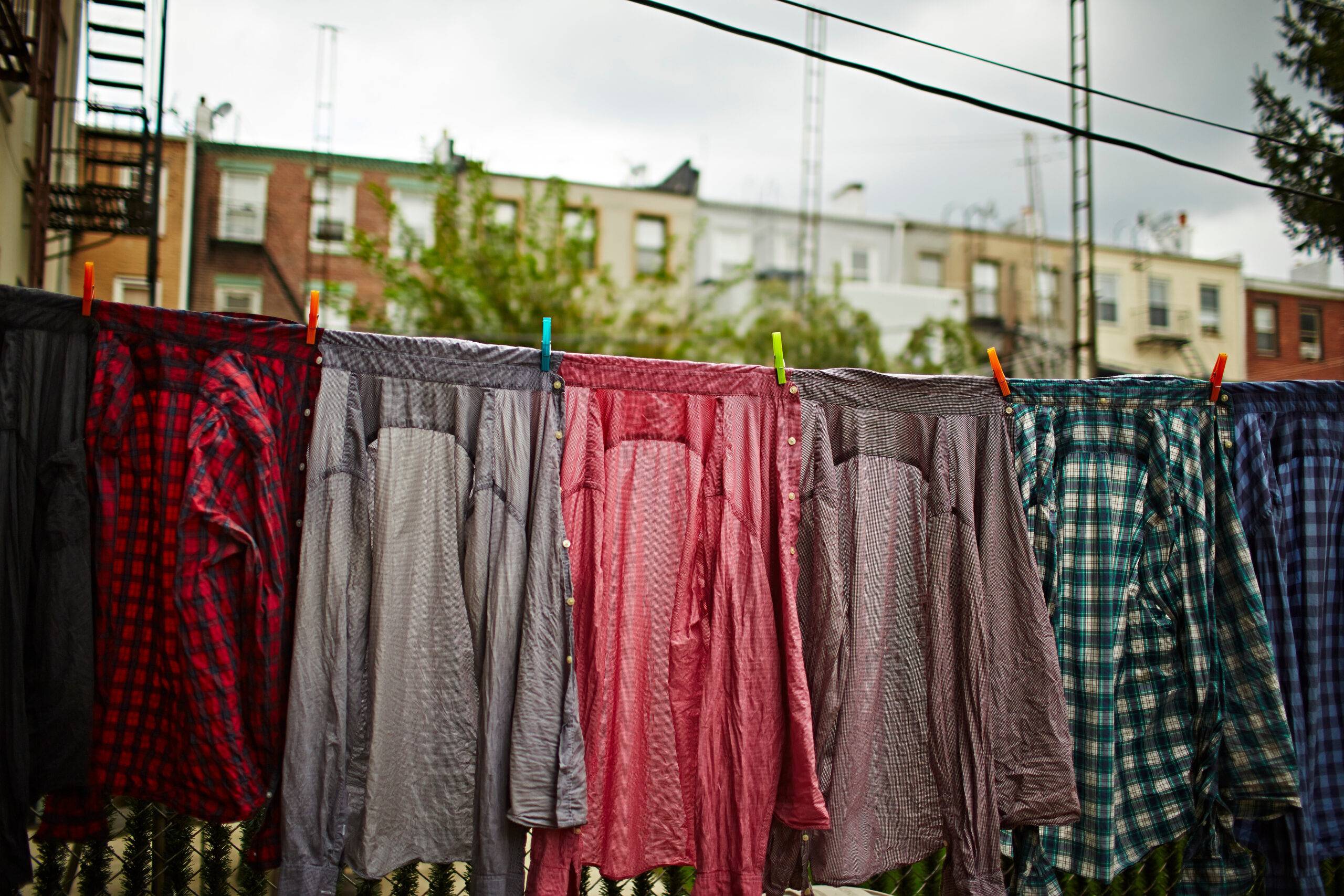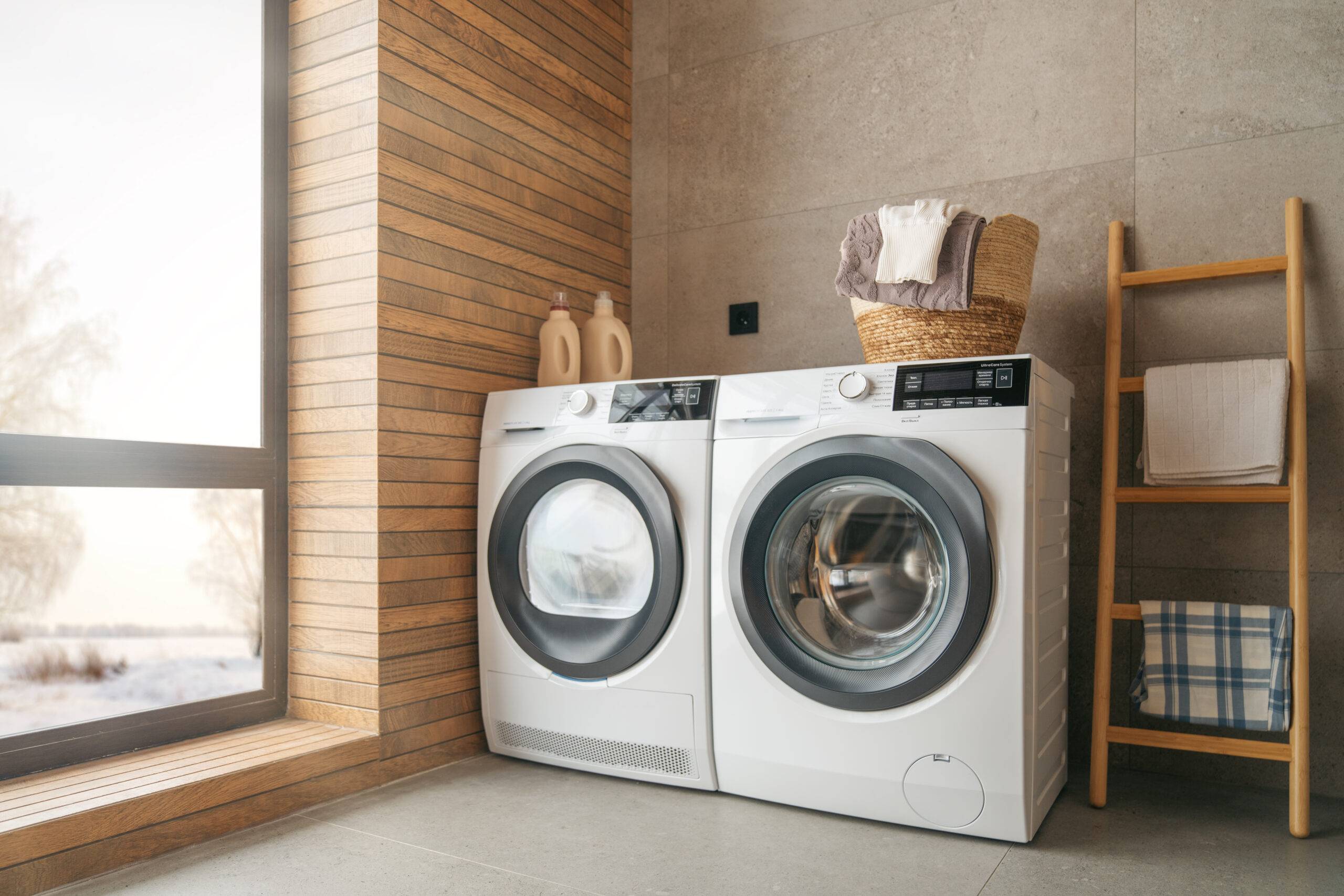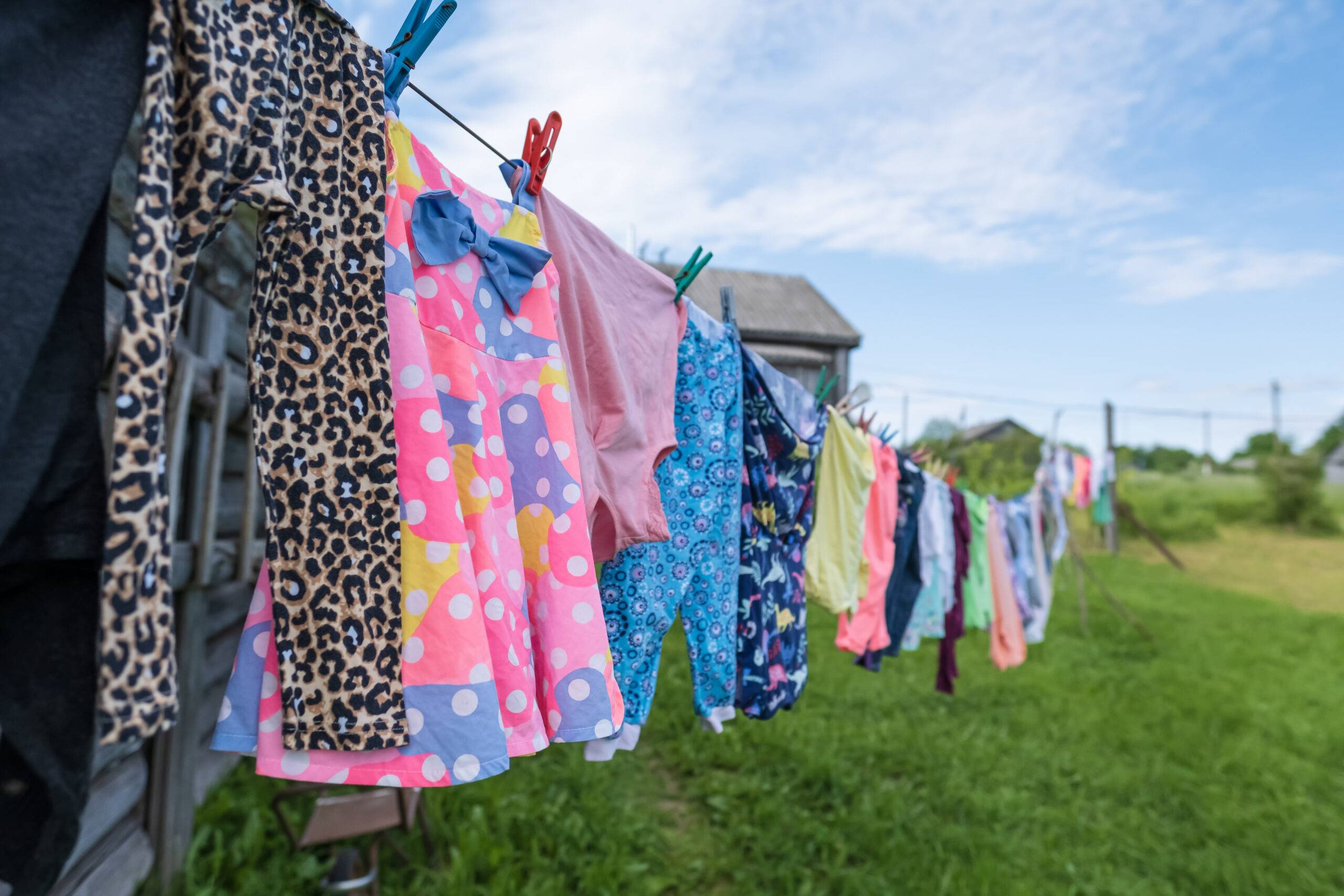Line Drying Vs. Machine Drying—Which Is Better For Your Clothes?
It’s been a long time since we’ve needed to rely on the weather and air to dry our clothes. Mechanical dryers have made the process much more convenient, but convenience doesn’t always mean what’s best for your wardrobe. Line drying and machine drying both get the job done, but they affect your clothes in very different ways. Here’s a breakdown of the real pros and cons of both methods so you can make a choice that suits your clothes, your routine, and your home.
Fabric Longevity and Wear
Line drying is generally much gentler on fabrics. When clothes tumble around in a dryer, especially on high heat, they’re put under stress. Over time, this can break down fibers, cause shrinkage, and make colors fade faster. Line drying avoids that damage, allowing clothes to keep their shape and strength longer. It’s especially good for delicate or lightweight fabrics. If you notice pilling, thinning, or warping after just a few washes, your machine dryer could be the reason.
Time, Weather, and Lifestyle
Machine drying is fast, reliable, and unaffected by the weather. For people with busy routines, it’s often the only practical option. Line drying, on the other hand, depends on space and climate. If you live in a rainy or humid area, or don’t have a yard or balcony, it’s not always a realistic option. Indoor racks help, but they take time and space. Drying time also varies depending on the fabric. If your schedule is tight, machine drying is the way ago.
Energy Use and Cost
Line drying uses no electricity, which makes it the most energy-efficient option. Over time, that can lead to lower utility bills and less strain on your dryer. Machine dryers are among the biggest energy users in the home. If you use them regularly, they can make a noticeable impact on both your bills and your home’s overall energy use. Even cutting back to line drying once or twice a week can make a difference. While more energy-efficient dryers do exist, line drying will always have the lowest energy cost you can get.
Clothes Feel and Finish
Machine-dried clothes come out soft, warm, and fluffed since they’re tumbled around as they dry. Line-dried clothes, especially those dried outside, can feel crisp or even stiff coming off the line. This isn’t always bad, as some fabrics, like linen or denim, benefit from a firmer texture. And that outdoor-dried scent? Many people love it! If you don’t like the feel of line-dried clothes, a quick tumble in the dryer at the end can soften them without much wear. It’s a way to get the best of both without losing the benefits of line drying.
Indoor Air and Home Impact
Line drying indoors can help add moisture to dry air, which is helpful in the winter, but it can also raise humidity too much if the room is small or poorly ventilated. That can lead to musty smells or even mold. Machine dryers remove moisture quickly, and if they’re vented properly, they don’t affect indoor air. However, they do require regular cleaning and maintenance. Lint buildup, for example, can be a fire risk. Both methods affect your home environment in different ways. It’s worth considering the layout and airflow of your space before deciding what works best day to day.
Related Articles
- Hate Folding Laundry? 6 Easy Tricks to Make Emptying the Basket Faster
- Smelly Washing Machine? A Dirty Agitator Could Be the Culprit
- The Laundry Rule Everyone Overlooks That Makes Drying Clothes Easier
So, as we can see, there’s no one-size-fits-all answer when it comes to drying clothes. Line drying protects fabrics and saves energy, but it takes time and space. Machine drying is quick and convenient but can be hard on your clothes over time. However, you don’t have to pick just one. Many people use a mix of both, based on the season, the fabric, and the day’s schedule. The key is to understand how each method affects your clothes and home, so you can choose what makes the most sense, not just for today, but for keeping your wardrobe in better shape for the long run.

